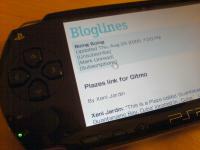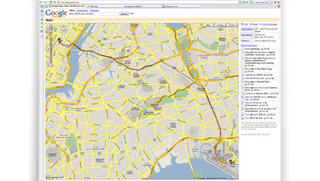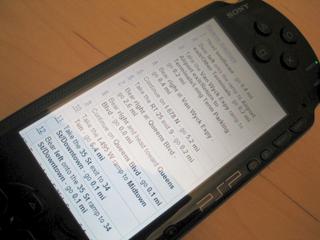Viva la Pencil!
Great blog, makes me wanna start using a pencil again.
A analog soul in a digital world
 My favourite website when browsing on the PSP is Bloglines. Their mobile version works perfectly, and I can get my RSS fix anytime without having to open my laptop. When it comes to productivity I found that Backpacks mobile version is fully functional. The only that is not working (as far as I can see) is creation of new pages and sections.
My favourite website when browsing on the PSP is Bloglines. Their mobile version works perfectly, and I can get my RSS fix anytime without having to open my laptop. When it comes to productivity I found that Backpacks mobile version is fully functional. The only that is not working (as far as I can see) is creation of new pages and sections. You may have noticed that "Eat that Frog" as showed up in my list of books (look right, a bit down). I have just started reading it, and so far I'm satisfied. It is list making (oh, how we all love making lists!), and prioritizing the tasks based on future goals. Full report when I'm finished of course.
You may have noticed that "Eat that Frog" as showed up in my list of books (look right, a bit down). I have just started reading it, and so far I'm satisfied. It is list making (oh, how we all love making lists!), and prioritizing the tasks based on future goals. Full report when I'm finished of course.





 Sony PSP is a great little machine that I have lots of fun with. As I mentioned in an earlier post, the PSP doesn't have any PDA like functionality. No calendar, no phonebook, no To Do lists, not even an alarm clock. Not that important, but it would have made the little handheld even more useful.
Sony PSP is a great little machine that I have lots of fun with. As I mentioned in an earlier post, the PSP doesn't have any PDA like functionality. No calendar, no phonebook, no To Do lists, not even an alarm clock. Not that important, but it would have made the little handheld even more useful.


